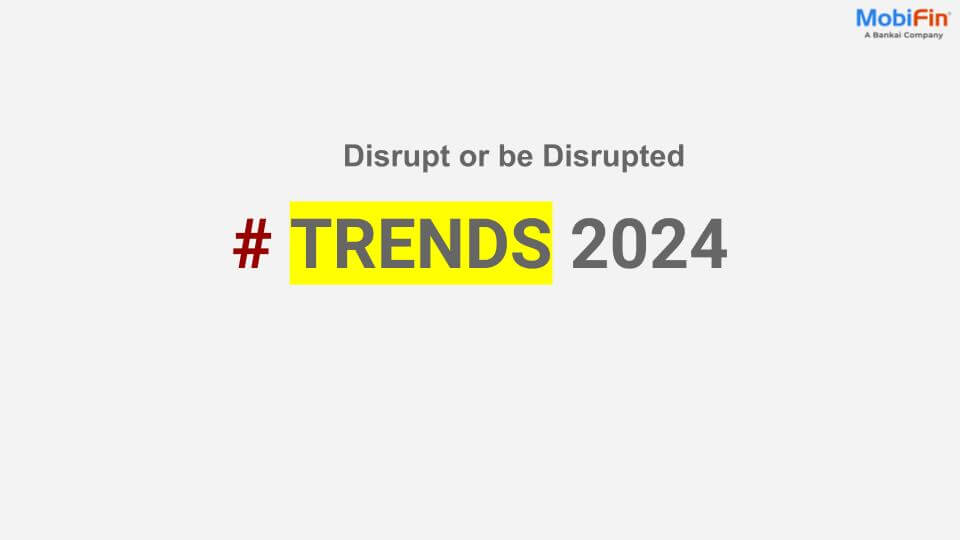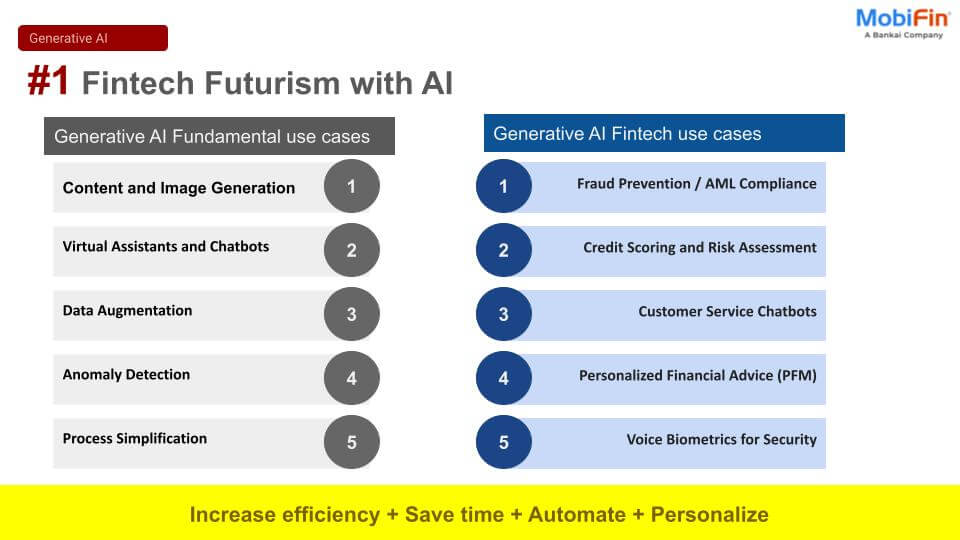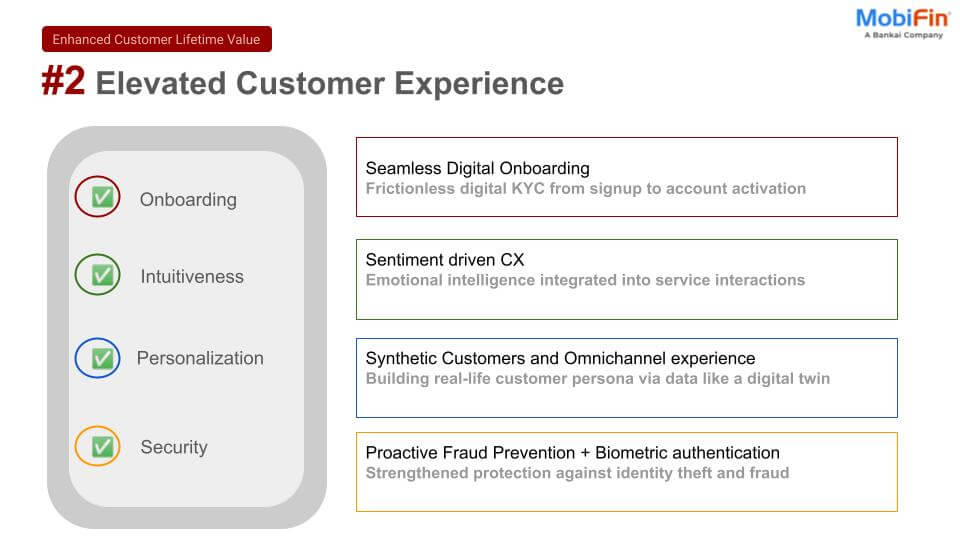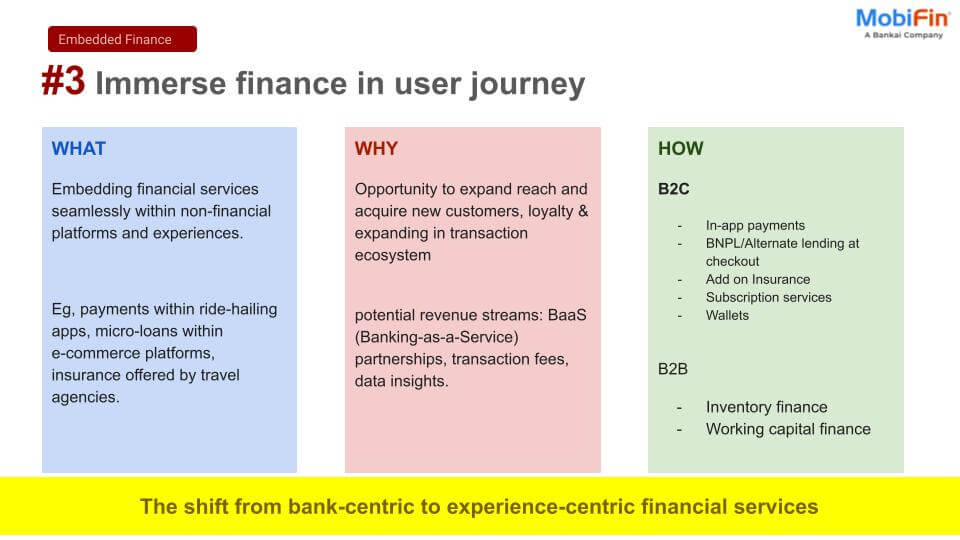The ever-changing regulatory requirements and growth expectations in the payment experience have forced the emergence of payment-as-a-service platforms. Instead of buying or building in-house solutions, end-users can lease fully-fledged payment products and services without incurring high upfront investments. Consequently, the freed resources can be redistributed, enabling greater focus on revenue-generating, core banking activities. Apart from FIs and non-banking players in the payment ecosystem, Payments Platform-as-a-Service (PPaaS) also empowers third parties to build payment solutions to address the unique demands of their customers. Being the most sensible option available, the payment-as-a-service market is expected to hit $16.7 billion by 2024. Let’s understand the necessity of introducing PaaS in the payment ecosystem and how it will impact the future of payments.
The Need for Adoption of Paas in the Payment Ecosystem
Regulatory Compliance
The financial services industry remains overwhelmed by undergoing complex regulatory changes every few months. The banking industry worldwide spends $270 billion each year on regulatory compliance. Companies may face regulatory complaints and penalties due to complex cross-border rules. To avoid this, companies are approaching the financial sector cautiously. Whereas, in the case of FIs with an integrated digital banking platform, regulatory updates will be managed by the PaaS provider. PaaS regulatory costs are relatively low as they distribute it among their many customers across payment networks.
Total Cost of Ownership
To retain a competitive edge in the payment domain, FIs have to keep their costs low while maintaining margins. The legacy banking systems are left with no choice but to innovate with the latest technologies. While this implies high initial costs to build full payment stacks, their obsolete infrastructure must still be supportive of the existing processes. On the other hand, a digital banking platform only requires nominal investments to kick-off transactions by outsourcing software management, hosting and future-proof infrastructure.
Fraud and Security
Most of the frauds in the financial industry are related to payment activities. The growing number of payment platforms is posing a risk of exposure. Risk mitigation activities like identity verification and sanctions screening checks become crucial. With its cloud-enabled security features, PaaS can perform these activities efficiently by reporting any anomalies and suspicious transactions.
How Will PaaS Shape the Future of Payments?
PPaaS is set to become a leading payment technology in the future with its cloud-native environment and limitless configuration options for customization. Along with its dramatically shorter implementation time line, it also cuts off the cost of building and maintaining in-house digital payment solutions. Here is how FIs can leverage the benefits of outsourced payment platforms to stand abreast with forward-thinking, technology startups.
Speed to Market
When it comes to implementation, the integration of the whole system and smooth data transactions without a single setback becomes a challenge. Meanwhile, the digital payments platform simplifies this problem by minimizing the straight-through-processing (STP) rates. In other words, businesses can sign up and integrate their full-service programs rapidly without manual intervention.
Flexible Pricing
The pricing structures for PaaS offerings vary based on the type of product, client requirements, transaction volumes and company size. Apart from the one-time implementation cost, it allows you to choose between two pricing models: transparent monthly/yearly fixed maintenance costs and pay-per-use costs. The latter is the most preferred model as the offerings are charged on a per-transaction basis.
Simplified Global Payments
Globally, the percentage of people carrying a credit card is less than 20%. The other 80% of people choose diverse methods of local payments, including cash, bank transfers, e-wallets and local debit networks. While these alternative local payment methods pose a great opportunity, it is still challenging to connect them at a global scale. PaaS resolves this problem by addressing all local regulatory and compliance issues through their local payments network. It can efficiently scale cross-border commerce by reducing geographic expansion barriers and managing vendor relationships.
Leveraging Advanced Technologies
AI
AI has enormous potential to enhance many application and technology-based services that FIS provide. AI, big data and predictive analysis can be deployed in the digital payments platform for fraud detection, conversion rate optimization and credit scoring. AI-powered Natural Language Processing (NLP) can be used to automate certain customer service activities.
Blockchain
Blockchain is one of the disruptive technologies that may have a considerable impact on the digital financial platform. Other than cryptocurrencies, blockchain enables fast, secure, validated transactions and sharing of data through Distributed Ledger Technology (DLT). Decentralized Finance (DeFi) is one of its applications that makes trade finance possible without relying on centralized financial entities.
Cloud Computing
Cloud integration is essential for FIS and banks experiencing substantial increases in payment volumes on regular basis. Cloud payment processing makes dynamic scaling possible. It equips the payment platform infrastructure with the flexibility to accommodate payment volumes. It streamlines, maintains and upgrades legacy infrastructure to efficiently deal with peaks of transaction flows.
Deliver Exceptional Payment Experience Using Our Top Digital Financial Platform
Considering the advantages of PaaS, it becomes clear that no financial service provider should ignore its potential in the payment ecosystem. It enables consumer-first-approach so that you can deliver a qualitative payment experience within short timelines. MobiFin is a robust digital financial platform that can help you create a customized digital payments ecosystem and offer great customer experience.












